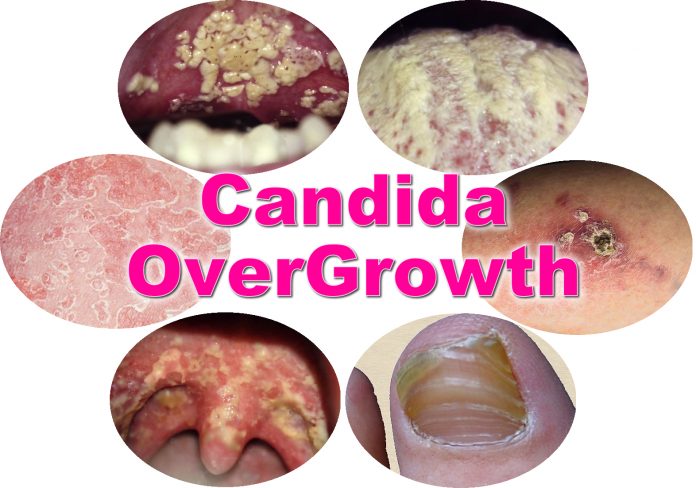A couple of months ago, I was afraid I had candida overgrowth, so I thought it would be wise to go for a physical check-up. I got my treatment successfully from Rose Wellness. I was amazed to know about all the services they offer, including acupuncture, homeopathy, functional medicine, holistic nutrition, dermatology, etc. I am writing this article to help you educate yourself about this particular ailment and everything you need to know about candida overgrowth.
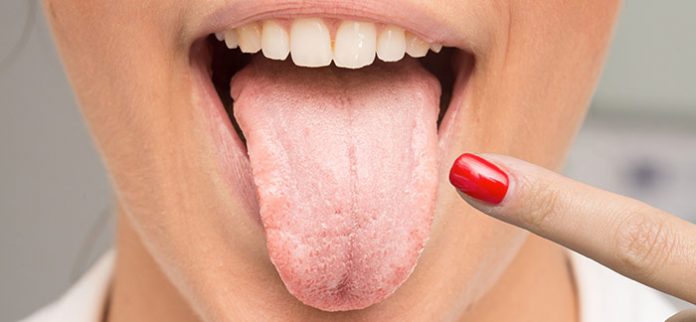
The Identification:
Are you suffering from a skin rash that is not going away even after treatment with antifungal medication? Or did you have a candida recurring in the last six months? If yes, it is possible that you have candida overgrowth and a visit to a specialized healthcare professional is a must.
The Background:
What is Candida? It is essential to understand that our immune system works in coherence with different bacteria, germs, and others to prevent malicious attacks of viruses and diseases. Yeast, a kind of bacteria existing on the human skin surface, is the main culprit behind candida overgrowth. Small quantities of yeast are benign and ordinarily harmless. However, sometimes yeast can multiply uncontrollably and cause complications. It is essential to understand that our immune system works in coherence with different bacteria, germs, and others to prevent malicious attacks of viruses and diseases.
The Test:
After careful physical examination and observation, a doctor might conclude candida overgrowth on specific body parts. He may take a sample of candida from your skin and observe cells activity under a microscope to confirm the diagnosis. If candida is suspected of entering the bloodstream, he may suggest antibodies test antibodies levels against candida infection.
Susceptible Body Parts:
The candida overgrowth can affect many body parts. As mentioned earlier, candida exists in small amounts on our skin and different body parts like the scalp, gums, skinfolds, etc., and their small amount is quite helpful as it works in conjunction with our immune system. Do you know dandruff we have in our scalp is also a type of yeast? Below is an account of vulnerable body parts and the symptoms one can observe if there is a candida infection.
Mouth or Throat:
The Doctors call it “Oral Thrush” or oropharyngeal candidiasis. If you observe white patches of the tongue, inner cheeks, gums, having a cottony feeling inside your mouth, slight gum bleeding, loss of taste, inflammation, sore throat, or painful throat, you must immediately consult a doctor and check for candida overgrowth.
Candidiasis of Skin:
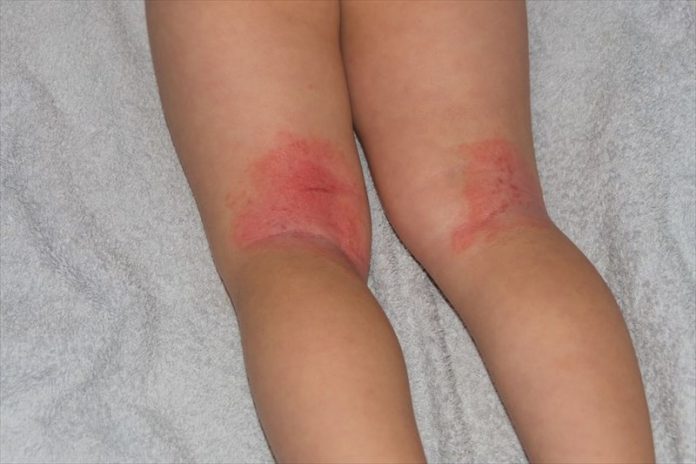
As the warm and moist surfaces are ideal for candida infection, your skin folds are vulnerable to its attack. People with dark skin may observe inflamed skin that peels or cracks. Similarly, in light-colored people, red circular patches surrounded by red bumps may be seen. The patient may also have episodes of itchy skin and sometimes hair loss. The medical term for such skin disease is called “Cutaneous Candidiasis.”
Nails Candidiasis:
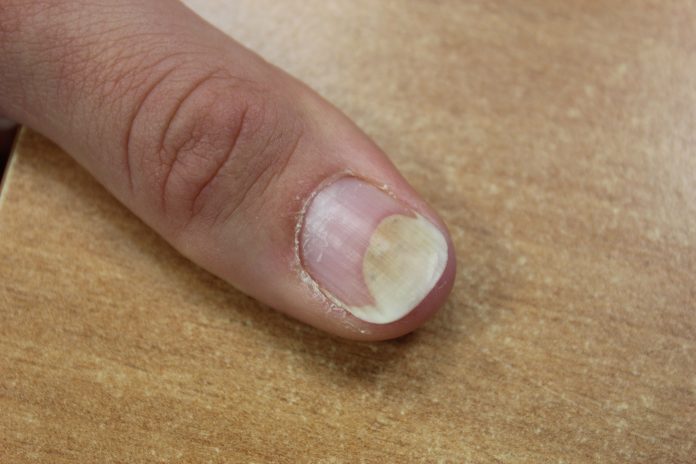
Around nailbeds, the growth of candida can cause this problem. The usual symptoms are painful swelling around nails or nail discoloration, cracked nails, or puss inside nails. Sometimes the nail may detach from the nailbed.
Blood:
Our blood, though highly unlikely, can be infected due to candidiasis. If this happens, the patient may experience chills or fever. In some cases, fast heartbeat and low blood pressure also occur.
Vaginal Candidiasis:
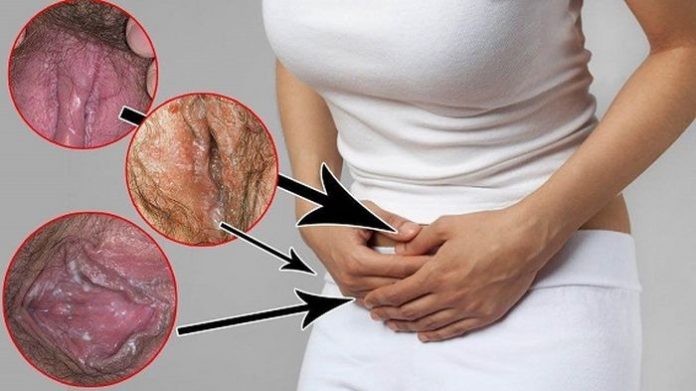
A very common infection is known as vaginal candidiasis. Some common symptoms include white clumpy vaginal discharge, vaginal soreness or itching, pain during urinating and sexual intercourse.
Candidiasis of the penis:
Although this disease is not as common as vaginal candidiasis yet quite painful and irritating, one may get this problem after sexual intercourse with someone having vaginal candidiasis. The common symptoms include painful swelling on the penis’s forehead, irritation or burning under the foreskin, red or shiny white patches on the penis, an unpleasant smell, or the development of a thick white substance around the foreskin.
Other issues:
Apart from the abovementioned types, candida infection can also hamper your bowel routines, cause diarrhea, obesity, anxiety, and depression. Furthermore, hormonal imbalances can also occur due to candida infection. Joints and muscle pain can also occur in some cases.
The cure:
You can have over-the-counter prescription drugs like antifungal medicines for candida treatment. These medications will either kill the fungus or halt its growth. There exist various creams, gels, ointments, capsules, tablets, injections, and pessaries for successful treatment. It is advisable to consult your doctor before using any medicine for candida infections.
If you are looking for herbal or natural treatments for this infection, it is useful to look into probiotics and antimicrobial agents. These are naturally present in olive oil, oregano, garlic, and caprylic acid.
What are the causes of a candida infection:
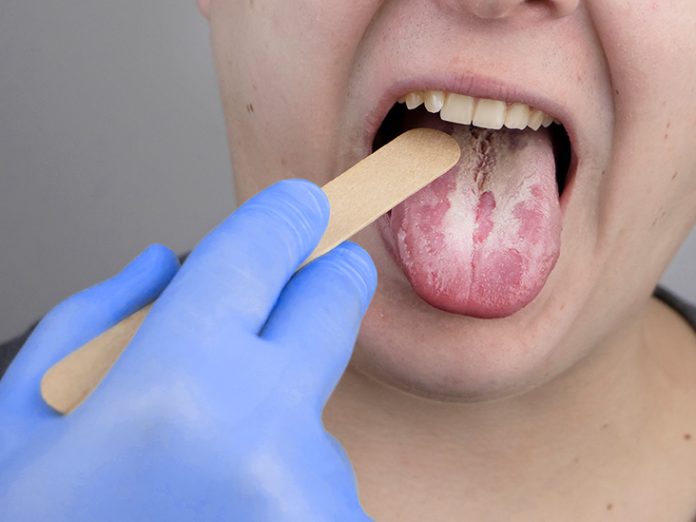
The infection relating to yeast overpopulation can occur in people with weak immune systems or some cases among patients already suffering from certain medical conditions like:
- HIV
- Diabetes
- Usage of broad-spectrum antibiotics
- Usage of birth control pills
- Warm, humid weather conditions
- Obesity
- Smoking
- Dry mouth
- Stress
- Wearing skin-tight clothing
There are some cases where pregnancy also paved the way to candida infection.
Prevention:
As they say, prevention is always better than cure; certain guidelines of personal hygiene and diet following those can reduce the risk of developing this infection. For instance, keeping your body and skin dry, only using antibiotics when prescribed, keeping blood sugar levels in control, and maintaining a balanced diet.
Are you taking a good night’s sleep? Do you know that inadequate sleep patterns can also cause hormonal imbalances and increase the stress levels in your body. Insomnia or irregular sleep can lead to increased microbial (or yeast) activity, increasing the risk of candida infection many folds.
Conclusion:
I hope now you can easily comprehend all there is that you need to know about candida overgrowth. Although this ailment is not too serious yet, one must take optimum care and treat it as soon as possible to avoid complications.
